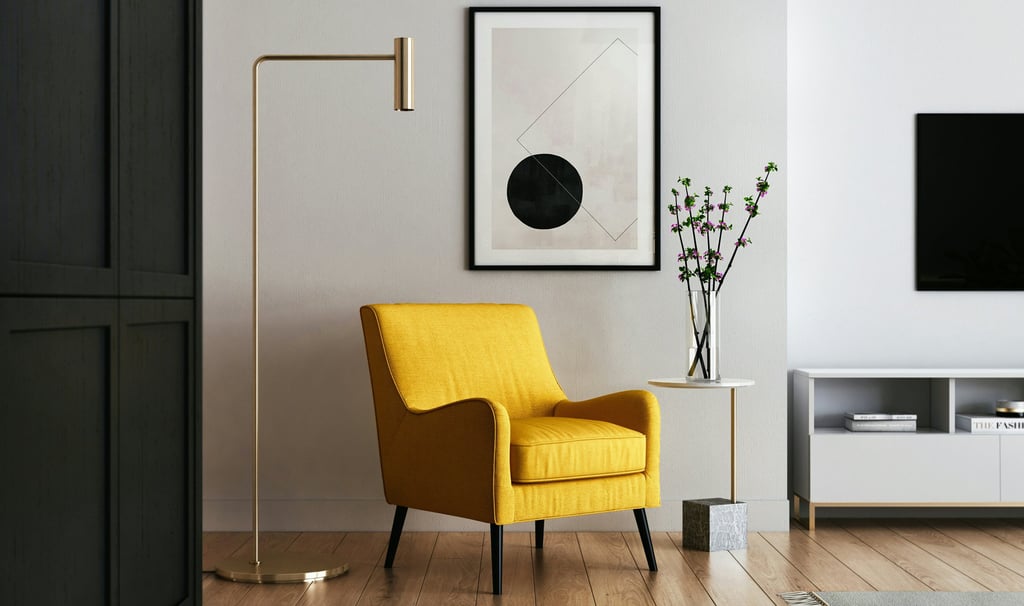Essential Elements of Interior Design: How to Create Cozy and Stylish Spaces
Decorating a space goes far beyond choosing pretty objects. It’s about creating environments that express your personality, promote well-being, and are functional in everyday life. To achieve that, knowing the essential elements of interior design is the first step toward a more harmonious home. In this post, you’ll discover the key components that every space needs—and how to use them easily and stylishly. Let’s transform your home together?
5/8/20252 min read


1. Colors – The foundation of atmosphere
Colors are responsible for setting the emotional tone of a space. A room can feel more welcoming, energizing, or calming depending on the tones you choose.
Color psychology
Warm tones like yellow and orange bring energy and coziness. Cool shades like blue and green convey calm and balance. Understanding these effects is key to creating the right mood.
Balanced palettes
Choose 2–3 main colors and add neutral tones to create harmony. This keeps the space visually cohesive and avoids overwhelm.
Neutrals vs. vibrant tones
Neutrals (white, beige, gray) are timeless and versatile. Vibrant colors work best in accents—like pillows, artwork, or small furniture pieces—to bring personality without overpowering the space.
2. Lighting – The magic touch
Lighting changes everything. It highlights textures, enlarges spaces, and directly impacts visual comfort.
Natural lighting
Whenever possible, embrace natural light. Use sheer curtains, avoid blocking windows, and position furniture to make the most of daylight.
Artificial lighting
Mix three types:
General lighting: like ceiling fixtures.
Task lighting: such as desk lamps.
Ambient lighting: think floor lamps or LED strips for a cozy vibe.
Lighting as a design feature
Lighting isn’t just functional—it’s also decorative. Choose pieces with interesting designs that enhance your interior style.
3. Furniture – Style meets functionality
Furniture is the backbone of any room. It should suit your lifestyle and, of course, fit the available space.
Proportion matters
Avoid crowding small rooms with oversized furniture. Opt for multifunctional pieces like storage ottomans, beds with drawers, or extendable tables.
Mix with balance
Don't be afraid to mix styles: a vintage cabinet can coexist beautifully with modern décor. The key is to balance shapes, colors, and textures.
4. Textures – Visual and tactile interest
Mixing textures makes a room feel layered and welcoming. Fluffy rugs, rustic wood, glass, linen, velvet... each material adds a different experience.
Smart contrast
Combine smooth surfaces with natural elements to create comfort and balance. For example, a linen sofa with chunky knit pillows.
Instant coziness
The more sensory variety, the cozier the space feels. Keep it subtle—less is often more.
5. Decorative objects – The soul of the home
Details tell your story and reflect your personality: artworks, vases, books, souvenirs...
Less is more
Avoid clutter. A thoughtful arrangement says more than scattered items. Let some spaces “breathe” visually.
Personal curation
Choose meaningful objects that relate to the rest of the room. This is what makes your home unique and full of personality.
6. Plants – Life and freshness
Plants are more than just decorative—they bring life, color, and even improve air quality.
The right plant for the right spot
Succulents and cacti are great for low-maintenance areas. Ferns and pothos add volume and organic movement.
Stylish pots
Pots count as décor too. Pick designs that suit your aesthetic—from handcrafted ceramics to minimalist baskets.
7. Rugs and curtains – The finishing touches
These final layers make a big difference in comfort and completeness.
The right rug
Size matters! Ideally, the rug should anchor your furniture—like sitting beneath both the sofa and coffee table in the living room.
Curtains that enhance
Besides controlling light and privacy, curtains can make a ceiling look higher when hung closer to the top. Choose light fabrics to add softness and flow.
Conclusion: Fewer rules, more intention
Decorating doesn’t have to be complicated. When you understand the essential elements of interior design, things naturally fall into place. What matters most is that your home reflects who you are—with comfort, beauty, and functionality.
© 2025 Dhomehub. All rights reserved.
